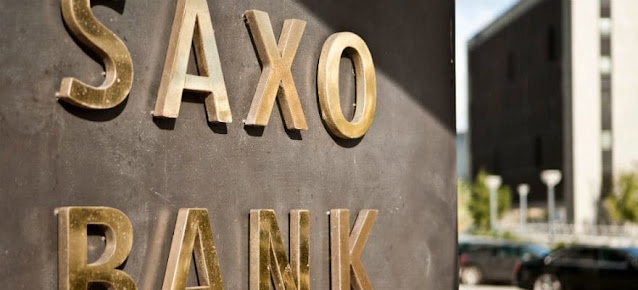An objective review of Saxo Bank
First impression
Saxo Group is a global online investment Bank with headquarters in Copenhagen, which is regulated in the European Union. Saxo provides access to trading and investment for private and institutional clients, providing a wide range of financial instruments. Over 25 years of operation, Saxo has become one of the world's most reliable brokers. But the company's website is hardly convenient. The information is scattered in sections. To fully understand the terms of trade, you have to flip through the pages a lot.
Trading conditions
Saxo Bank offers 35 thousand assets: Forex, stocks, bonds, options, futures, CFDs, etc. The broker provides real liquidity and access to the NYSE, IOB, NASDAQ, and other exchanges. The level of fees and service depends on the account type. The minimum deposit is $10000. Spreads are floating from 0.1 p, the commission amount depends on the volume and starts from $50 per 1 million. Maximum leverage on Forex is 1:50. Trading rates are high enough - NYSE 0.02 USD / share (min. 15 USD). Negative balance protection is not provided, which puts accounts at risk in extreme market conditions (we can recall the story with CHF).
Registration
Registration is not as easy as with regular brokers. To open a private account, you must provide personal data, as well as an identity card and a document confirming the place of registration (or residence permit). After uploading the documents, the application is sent for processing within 24 hours. In addition, the broker may require an official translation of the submitted documents. Access to your personal account is opened only after the request is processed. Due to overstated security requirements and taking into account the time for crediting funds, it will be possible to switch to trading in 2-5 days.
Trading interface
The interface is represented by a professional platform of its own development – SaxoTraderPRO. This software supports up to 6 screens on Windows and Mac at once, has a window ordering, as well as many useful tools for market analysis and order management. In addition to SaxoTraderPro, there is a web platform and a mobile app called SaxoTraderGO that allows you to make transactions via an Internet browser and from mobile devices.
Security
Saxo Bank A/S (reg. no. 15731249) is registered in Denmark as a licensed Bank (license no.1149) and is regulated by the Danish FSA. In its work, Saxo Bank is guided by the EU Directive (MiFID). In addition, the company is managed by more than ten financial regulators worldwide, a list of which can be found on the website. The security of client funds is provided by the Danish guarantee Fund for up to 100 thousand euros.
Deposit and withdrawal of funds
You can make a deposit in more than 20 currencies. Deposit/withdrawal of funds is carried out using a card (required name) and bank transfer. Deposits are made immediately after the bank card is approved. Transfers take from 3 to 5 working days. When the card operator deposits funds, a commission (from 0.50% to 2.84%) is charged, depending on the transaction currency. The withdrawal request is generated directly from the trading platform, or via a written request. At the same time, processing the request via the terminal is free, and through the form it costs $40.
Support service
The website does not have a real-time chat function. Online chat is built into trading platforms, but it doesn't work on the demo platform, forcing potential customers to contact support by phone or email. After hanging for 5 minutes on the phone, we didn't get a response from support. You can find answers to some questions in the Customer Support Center.
Conclusion
By opening an account with Saxo Bank, you get a reliable broker with a rich set of tools, strict regulation and protection at the level of European Union legislation. However, Saxo is more focused on professional traders with serious capital and experience in the financial markets. A high entry threshold, a narrow choice of ways to deposit/withdraw funds, considerable trading costs and complex registration are unlikely to suit most ordinary traders.

Comments
Post a Comment